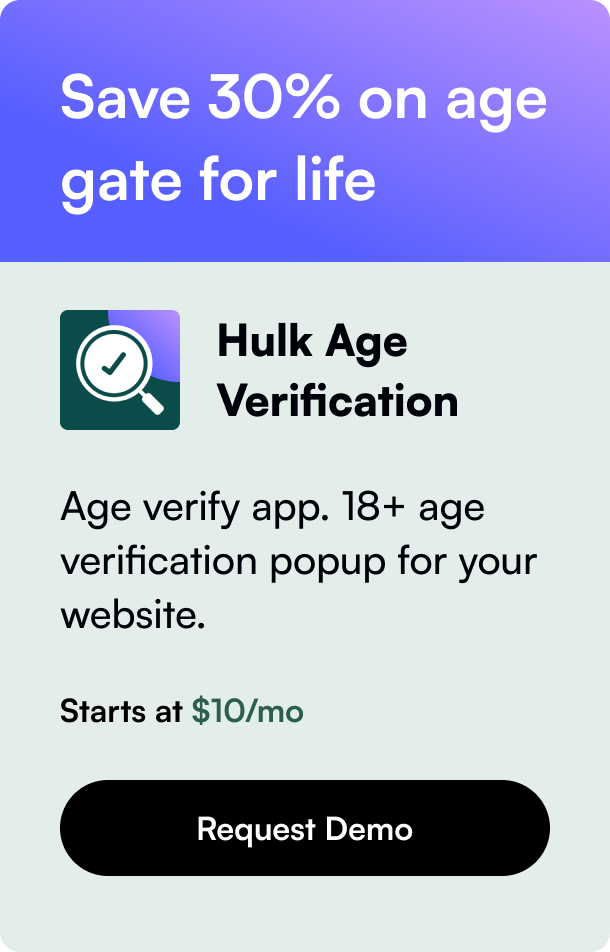You decide to go check out your store in action. You type in the URL and hit enter. You watch as second after second elapses, the site is continuing to populate itself.
Your heart sinks.
Maybe it was all the cool new apps you installed — you've added features and improved analytics, and you're confident your customers will love it all. Or maybe it’s your unoptimized images that are in the wrong format.
No matter what the cause, as time adds up, it can reach a point where it actually starts killing your business.
Having a slow site is like having a dirty store; it just doesn’t look good. A site's bounce rate increases more and more for each addiitional second it takes to load.
The ecommerce world is more competitive than ever, which means you need every edge you can get in order to set yourself apart. Let’s review the impact page speed has on your bottom line, how to then determine your own site’s speed and the appropriate steps to take moving forward.
How Page Speed Boosts Conversions
Site speed is a simple concept in itself. It’s essentially a measure of how your site is performing overall. Services like Google PageSpeed Insights look at various load times across your site and take an aggregate of them to determine your score.
So what does this all mean for you? Who cares if my site takes an extra second to load - that’s nothing!
Think again. One of the most comprehensive studies on this topic was performed by Skilled.io. The company analyzed 12 different case studies that looked at customer expectations of website performance.
The results?
- A whopping 79% of customers are less likely to return to your store if they are dissatisfied with site speed.
- 64% of smartphone users think a site should load in under four seconds.
- 47% percent of desktop online shoppers expect pages to load in under two seconds.
- And overall, a one second difference equaled a massive 7% swing in conversions.
Your customers aren’t the only ones penalizing your slow speeds, though. Search engine channels, both paid and organic, also penalize slow sites. With paid searches, slower landing pages lower your Google AdWords Quality Score. That means a higher cost — per — click for you.
So what now? How do you even know if your site is slow?
Let’s review how to actually find out your site’s speed, and then we’ll cover some of the easiest ways to improve it.
Determine Your Site Speed
There are numerous tools out there for checking your store’s site speed. However, sometimes these tools provide overly complicated and hard to understand reports. Not only that, but many require you to create an account and install code on your site, and then cap it off by asking you for your credit card at the end.
TestMyStoreSpeed is a 100% free tool the Shopify community can use to easily and quickly check their site speed.
It looks at your product pages, collection pages and cart page so you can get a clear, accurate and comprehensive view of your entire site’s speed. Once the scan is complete, you’ll get a recommendation section full of clear and straightforward action items. You won’t waste your time trying to decipher a bunch of technical jargon you don’t really care about. The tool will boil down the data, tell you exactly what you need to know and find those apps you thought you deleted but are still there, giving that wasted bandwidth back to your store.

Implement Low-Hanging Fruit Actions to Improve Site Speed
Now that you know the speed of your store, it’s time to start improving it.
While certain actions can be quite costly and time consuming to fix, others are straightforward and can be done by anyone. Let’s review a few of the easiest ways to boost your store speed.
- Compress Images: Improperly sized images or odd formats can bog down your webpage. Optimize them so they don't have to be resized in code, and use JPEG format for the fastest loading. If you put many high quality images on one page, it will most likely slow down the speed.
- Use a Fast and Responsive Theme: Site speed can depend heavily on the theme itself, so make sure you're looking for fast ones - TestMyStoreSpeed is working on a new feature that will inform you on whether a specific theme is fast or not! Another trick is to run the theme preview page through Google PageSpeed Insight and see what it says.
- Get Rid of Old Apps: When you install an app on your Shopify store, it is going to load its own resources in order for it to function properly. These resources (HTML, scripts, stylesheets, fonts, images, etc.) are added to your theme and injected into your site when it loads. The more apps you have, the more resources need to be loaded, which increases requests, render-blocking, and page weight. All those things will increase a store’s load times. Those codes will remain, even after you uninstall the app from your Shopify admin. When you test your store’s speed on TestMyStoreSpeed, it will recognize which apps are running, even the ones you uninstalled but didn't remove from the theme code.
- Say Goodbye to Sliders: yoast.com, in an article about site optimization, said that the vast majority of users ignore sliders completely. They add unnecessary images, are bad for SEO and load poorly on mobile.
Of course, site speed isn’t everything when it comes to your Shopify store. You can have the fastest site in the world, but without a solid product offering and effective marketing, it won’t matter much.
However, site speed can be the difference between a conversion and a bounce. And in today’s highly competitive ecommerce world, those seemingly small factors can mean the difference between sinking and swimming amongst the sea of competition.






